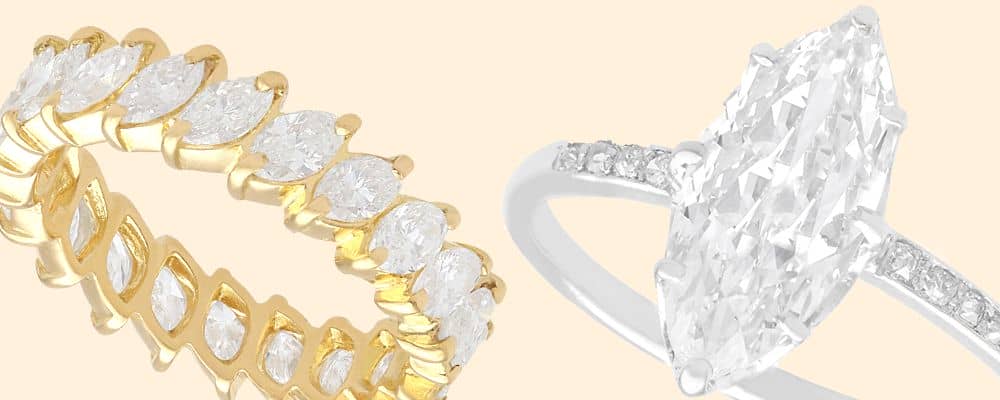Marquise Cut Diamond Ring
Antique and Vintage Marquise Cut Diamond Rings for Sale
Browse our stunning collection of antique and vintage marquise diamond rings available for purchase, featuring rings crafted in platinum, white, and yellow gold.
These elegant marquise cut diamond rings are perfect for celebrating special occasions such as engagements or anniversaries, symbolising enduring love and commitment between partners.
Each of our antique and vintage marquise diamond rings comes with complimentary insured global shipping and a 14-day return policy, ensuring your peace of mind.

Marquise Cut Diamond Ring Frequently Asked Questions
With the marquise cut diamond, the gemstone is elongated, creating a type of cat-eye shape. Possessing an elliptical shape with pointed ends, the marquise ring has earned many monikers. These include ‘the football’ and ‘the eye-shaped’ style.
The origin of the marquise cut dates back to 18th century France, where King Louis XV commissioned a jeweller to design a cut that resembled the lips of the woman who had stolen his heart.
Over time, the cut that the jeweller produced evolved into the distinctive shape that we know today.

















